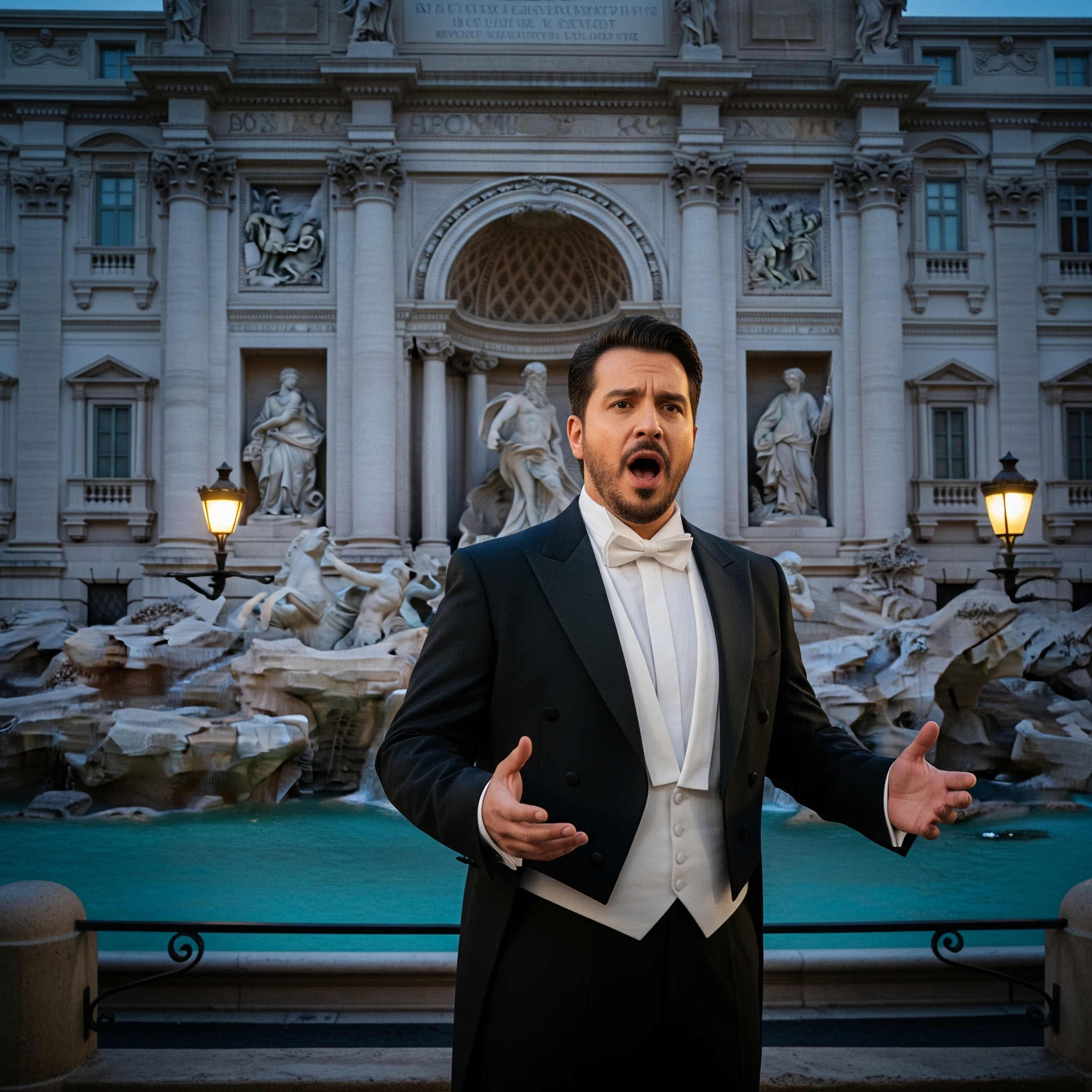Rome’s opera scene is experiencing a remarkable transformation in 2025, brilliantly balancing its reverence for classical masterpieces with bold contemporary innovations. The Eternal City, long celebrated for its traditional operatic heritage, is now at the forefront of a cultural renaissance that’s redefining what opera can be in the modern era.
The Classical Foundation Remains Strong
The timeless works of Puccini, Verdi, and Mozart continue to form the bedrock of Rome’s opera scene. Teatro dell’Opera di Roma maintains its commitment to these beloved classics, with productions of “La Bohème,” “Aida,” and “Don Giovanni” drawing both international visitors and local enthusiasts. These performances honor the traditional staging and musical interpretation that have made Roman opera legendary worldwide.
However, what sets Rome apart in 2025 is how these classical works are being reimagined through contemporary lens. Directors are incorporating modern staging techniques, innovative lighting designs, and updated costume concepts that make centuries-old stories feel remarkably relevant to today’s audiences.
Technology Enhances the Experience
The integration of cutting-edge technology is revolutionizing how audiences experience opera in Rome. Digital supertitles in multiple languages make performances more accessible to international visitors. Some venues are experimenting with augmented reality elements that provide historical context or enhance visual storytelling without overwhelming the core musical experience.
Live streaming and virtual reality experiences are also expanding opera’s reach, allowing global audiences to experience Rome’s productions remotely while maintaining the intimacy and immediacy that makes live opera so powerful.
Intimate Venues Gaining Prominence
While grand opera houses remain central to Rome’s scene, smaller, more intimate venues are gaining recognition for their ability to create unique operatic experiences. Historic palazzos, converted churches, and boutique cultural spaces are hosting chamber operas and experimental works that offer audiences a more personal connection to the art form.
Palazzo Poli, famous for housing the iconic Trevi Fountain, exemplifies this trend perfectly. This historic venue offers opera performances in an atmosphere where centuries of Roman history provide a stunning backdrop to both classical and contemporary works. These intimate settings allow for innovative staging approaches and closer interaction between performers and audiences, creating memorable experiences that complement the grandeur of traditional opera houses.
Looking Forward
As Rome’s opera scene continues to evolve in 2025, it demonstrates that honoring tradition and embracing innovation aren’t mutually exclusive. The city’s opera community is successfully creating a diverse ecosystem where Puccini’s timeless melodies coexist with contemporary compositions, where classical staging techniques enhance modern storytelling, and where technology serves to deepen rather than replace the human connection that lies at opera’s heart.
This evolution ensures that Rome remains not just a guardian of opera’s glorious past, but a dynamic creator of its exciting future, continuing to attract opera lovers from around the world who seek both the familiar comfort of beloved classics and the thrill of artistic discovery.


